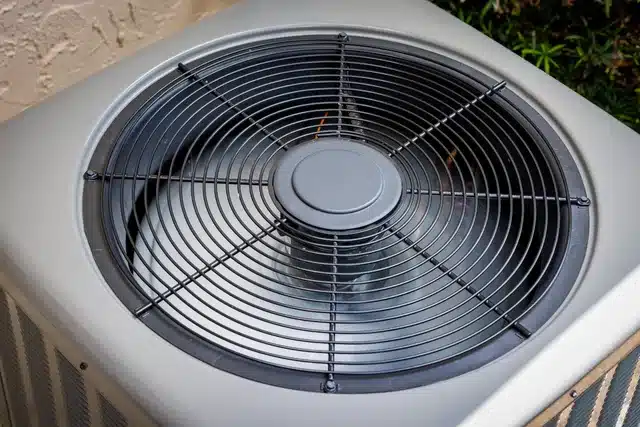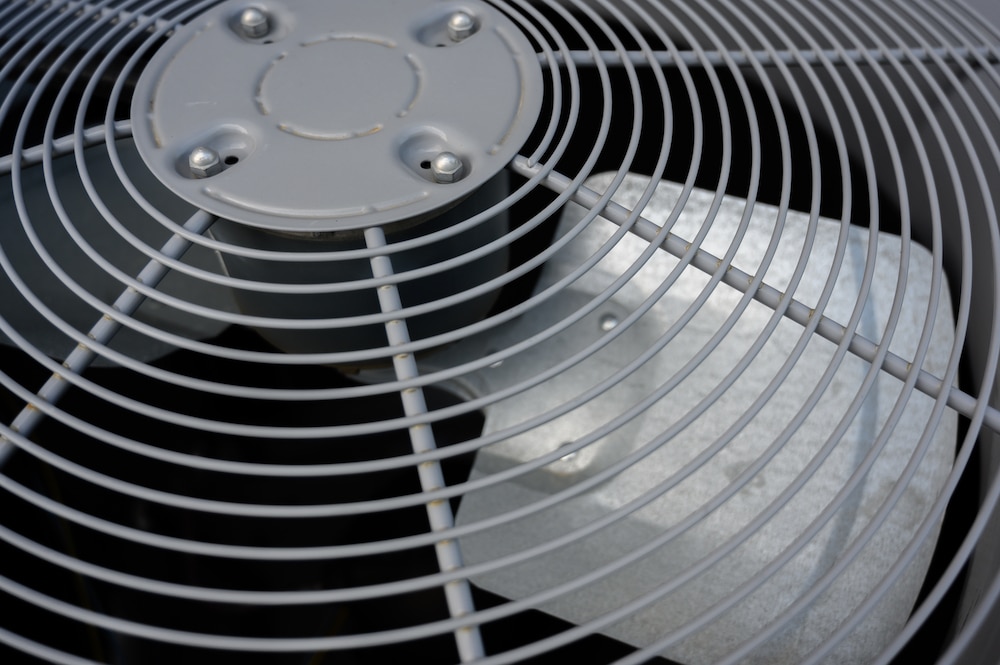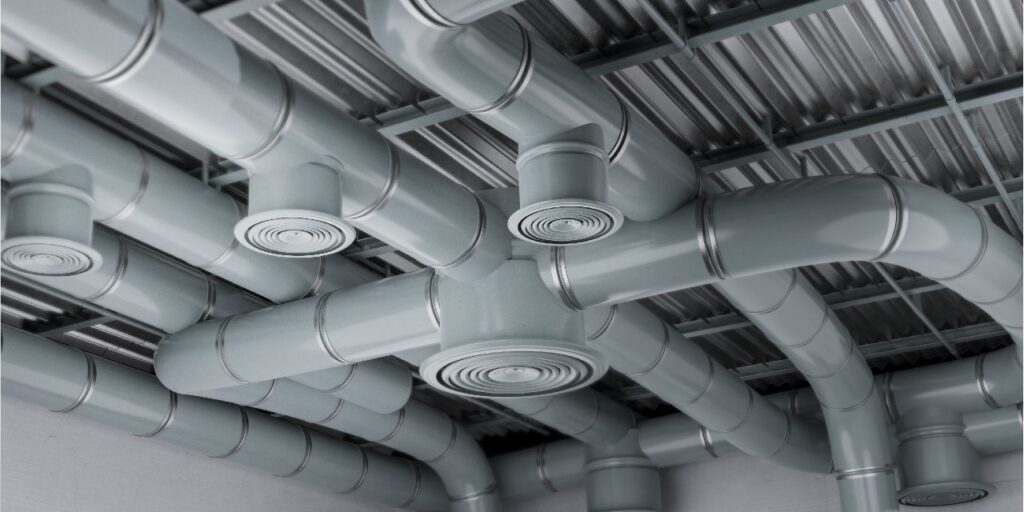The role of fans in establishing airflow is fundamental in HVAC (Heating, Ventilation, and Air Conditioning) systems. These mechanical devices are crucial for ensuring proper air circulation, especially in applications where natural airflow is insufficient. The physical construction of fans can vary significantly, and different types are designed for specific applications. In this article, we will explore three commonly used HVAC fan types: axial fans, forward-curved centrifugal fans, and backward-inclined fans. We will delve into their characteristics, applications, advantages, and disadvantages, shedding light on the diverse functions they serve within the HVAC industry.
Axial Fans

Axial fans feature a straightforward construction, with blades arranged in a propeller shape around a rotating shaft. They are particularly suited for applications where both airflow and static pressure are relatively low. Axial fans are known for their cost-effectiveness and simplicity, making them a popular choice for various HVAC systems. However, it’s important to note that they are not suitable for applications with resistance to airflow, characterized by high static pressure.
Common applications of axial fans include cooling towers, outdoor air conditioner condensers, electronic component cooling, and combustion engine cooling. These devices require airflow to dissipate heat, and since there is minimal resistance against air movement, axial fans are a cost-effective solution for these applications.
Centrifugal Fans
Centrifugal fans, on the other hand, have a distinct appearance resembling waterwheels or hamster wheels. In comparison to axial fans, centrifugal fans are capable of generating higher pressure while consuming additional power, assuming the same airflow. It’s worth noting that centrifugal fans tend to produce more noise, making them a suitable choice only when the application demands it. They can be driven directly or through a belt and can also be enhanced with a variable frequency drive (VFD).

In HVAC systems, centrifugal fans find significant use in air-handling units (AHUs), where they are required to blow air into ductwork. Unlike open-discharge fans in cooling towers, AHUs must overcome the static pressure of the air duct system. In such applications, the use of an axial fan would result in inadequate airflow, highlighting the crucial role of centrifugal fans.
Backward-Inclined Fans
Backward-inclined fans are characterized by their unusual blade shape, giving the impression that the unit is installed incorrectly. These fans can be further categorized into curved-blade and straight-blade fans and can be driven in a manner similar to centrifugal fans. They are commonly employed in industrial applications where there is a high airflow with variable resistance, such as dust collection, incineration systems, process cooling, and glass tempering.
In commercial HVAC systems, backward-inclined fans are typically utilized in energy-recovery ventilation (ERV) setups. This underscores their versatility in handling situations with fluctuating airflow and resistance.
Controlling Fan Speed

The ability to control fan speed is essential for maintaining efficient HVAC systems. When full airflow is not required, reducing the average airflow through intermittent operation is a common approach. However, this method is not suitable for applications where a controlled and consistent airflow is necessary. Fans are incapable of autonomously adjusting their speed, which necessitates the use of external devices for speed modulation.
Speed control can be achieved through mechanical or electronic means. For instance, belt-driven fans can be equipped with pulleys of increasing diameter to offer multiple speed options. The same outcome can be achieved with a gearbox. Variable frequency drives (VFD) are another effective means of controlling fan speed. VFDs condition the voltage and frequency supplied to the fan, allowing seamless transitions between different RPM (Revolutions Per Minute) values. In cases involving fractional horsepower fans, brushless DC motors can achieve similar results as VFDs in larger motors.
Multiple-speed motors are practical for open discharge applications with axial fans, where speed control is directly correlated to airflow (cubic feet per minute). However, in ducted installations where static pressure variations need to be accounted for, precise airflow control can only be achieved through a VFD.
Conclusion
In summary, understanding the different types of HVAC fans and their applications is essential for designing and maintaining effective ventilation and air conditioning systems. Axial fans are cost-effective and suitable for low-resistance applications, while centrifugal fans excel in situations with high static pressure. Backward inclined fans are versatile and find their place in applications with fluctuating airflow and resistance. Additionally, controlling fan speed is crucial for optimizing HVAC systems, and various methods, such as VFDs and multiple-speed motors, can be employed to achieve this control.
It is important to select the right fan type for a specific HVAC application to ensure optimal performance and energy efficiency. By considering the unique characteristics and requirements of each fan type, HVAC professionals can design systems that effectively meet the needs of their clients, whether in cooling towers, air-handling units, or industrial ventilation setups. Ultimately, the proper selection and control of HVAC fans play a vital role in maintaining a comfortable and efficient indoor environment while adhering to industry standards and codes.






GIPHY App Key not set. Please check settings